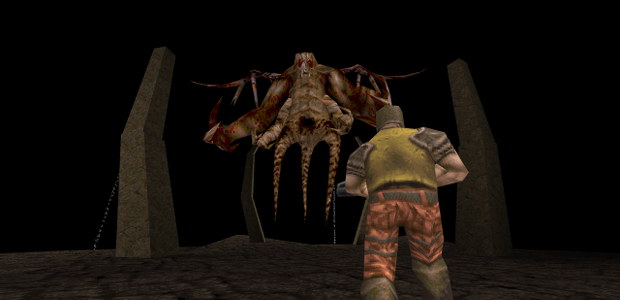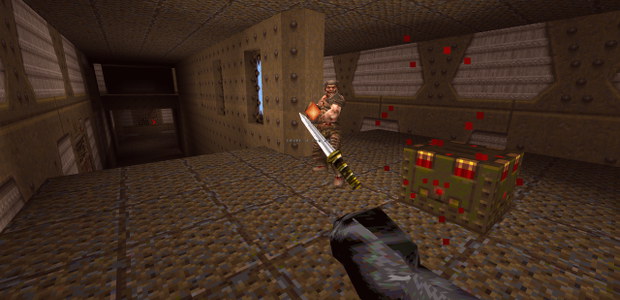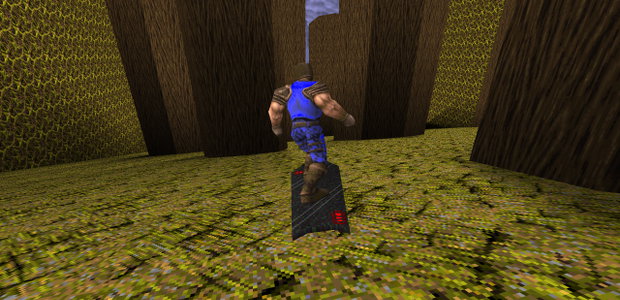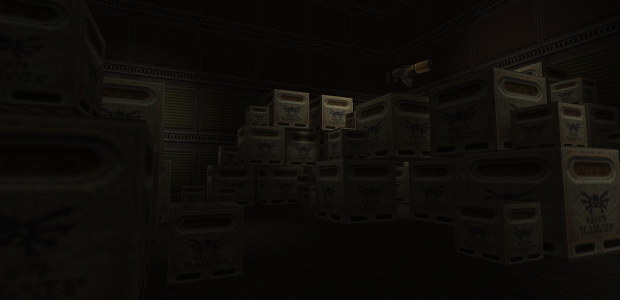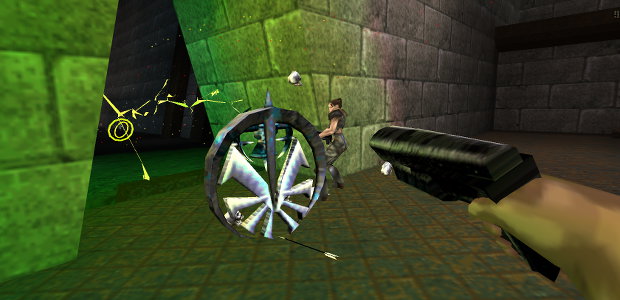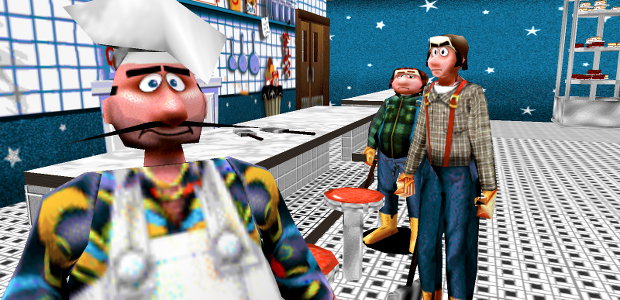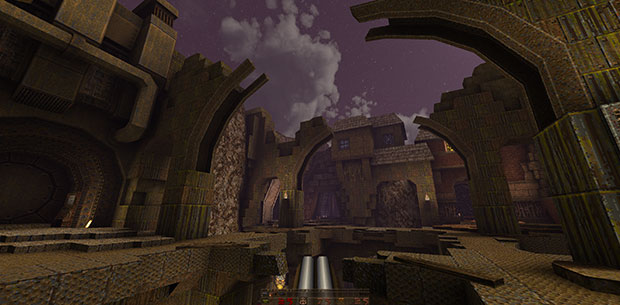
Fellow PC gamers, we are gathered here today to remember an old friend, one whose warranty expired long ago. As laid out in the law of the upgrade cycle, we must let go of those components that can no longer keep pace with modern demands. And so, it is with heavy hearts that we say our final goodbyes to you, our constant companion for the last 20 years.
Rest in peace, humble optical drive.
You were once a cornerstone of this community, a bringer of joy, a portal to play, an ally in our pursuit of entertainment. You gave us the gorgeous world of Myst, the sublime soundscape of Quake, the unprecedented complexity of Half-Life. You were a marvel of your age, drawing realms of infinite possibility out of those small, innocuous discs. At the time, it felt like nothing less than magic.
Nearly 30 years ago now, you entered this world with a vision. Armed with Red Book audio and full-motion video, you sold us the Hollywood dream, treating us to Mark Hamill taking on a race of giant cat aliens, Jeff Goldblum killing it as Dracula, Christopher Walken telling it to us straight, and... this immaculate performance. Video games seemed poised to replace movies altogether; why would we watch if we could play instead? Alas, it was not meant to be, but we'll always have those fond memories, thanks to you. Your legacy will live on inside us all.
As we commit you to the great server in the sky, let us reflect on all the good you did for this world. Who can forget how crucial you were during the dial-up days? The spiral cords of our 56K modems strained under the weight of individual mp3s; the thought of downloading an entire 750MB CD-ROM was unfathomable. Even when cable internet arrived on the scene, we still relied on you to support us through the file-size boom of the DVD era. Steam might have dethroned you eventually, but your stability during the platform's early, rocky years was what kept us gaming.
In your youth, your laissez-faire attitude allowed our community to flourish unabated. I, personally, owe some of my favourite childhood memories to your liberal approach to game trading; as a kid, hiring and borrowing games was the only way I could afford to play. Thanks to borrowing a friend's copy of Diablo II, I discovered my penchant for click-'em-ups. Thanks to renting Battlefield 1942, I grokked the appeal of online multiplayer. Thanks to hiring out Baldur's Gate II, I realised that games could tell big, complex stories that actually leveraged their interactivity instead of ignoring it. Of course, we all understand why you had to jump on the DRM train once people started abusing your freedoms. Still, those unbridled early years were crucial in making our community as great as it is today.
The fact is, old friend, we simply don't have the space for you anymore.
Alas, those halcyon days are far behind us. The battle of the distribution models is over, and there's no question who lost. How could it have gone any other way? Steam lets us pre-order, pre-load, patch, and play, all without leaving the comfort of our desk chairs. Gone are the overloaded shelves buckling beneath the weight of bejewelled CD cases and boxy collectors editions. Never again do we have to rummage around in dusty attics and dank basements to find that old copy of Day of the Tentacle, only for you to whine like a circular saw when we put the disc in because it isn't mint-out-of-box.
For all the joy you gave us, we cannot ignore the dark times you begat. Refusing to read brand new discs until we'd carefully wiped off every minute mote of dust. Scratching up our favourite games as punishment for playing them too much. Demanding that we 'Insert Disc 2' when it was already in the damn tray. And those multi-disc installs! How can you expect us to set aside multiple hours just to swap GTA 5's seven DVDs in and out?
At least you re in a better place now, one where the RPMs are infinite and the CDs are truly scratch-proof. Because as much as it pains us to say it on this day of mourning, you were holding this industry back. Bite-sized games never stood a chance against the pains of disc-swapping. Aspiring developers cringed at the cost of pressing and shipping discs. If we hadn't moved on to the all-digital now, we'd never have known the haunting oppression of Papers, Please, the touching tale of Gone Home, the time-bending antics of Superhot. We'd have to bid farewell to our hundreds-large Steam libraries or else buy a second house just to store all the CDs.
The fact is, old friend, we simply don't have the space for you anymore. Not in our homes, and not in our hearts. Your place at the top of our PC towers is no more. Our mini-ITX cases no longer give you a berth. We will never again hear your mechanical whirr, your voice silenced by the hum of our bigger and better hard drives. From caches to ashes, from disc to dusk, your time is up. You re just too slow for this digital world.
16X. 8X. 4X. 2X. 1X. Eject.





